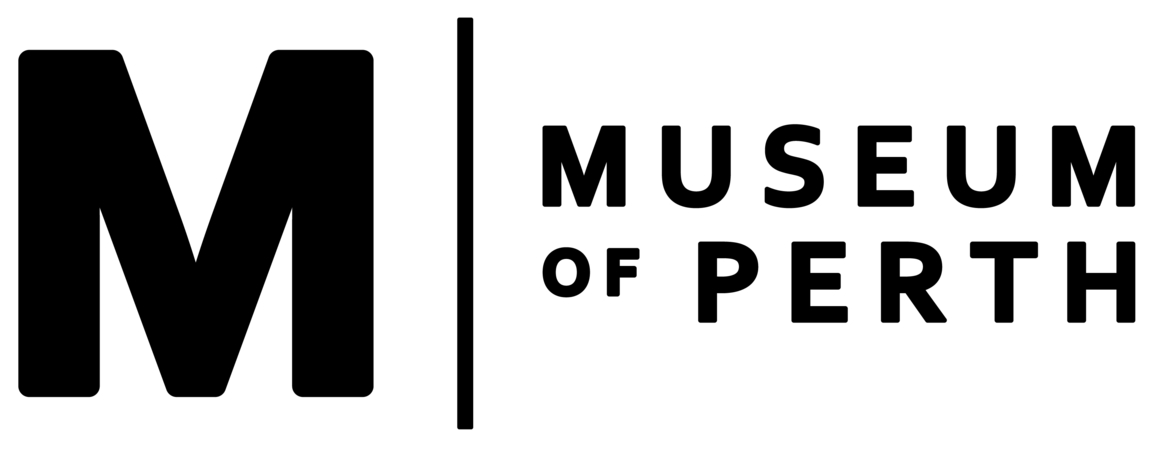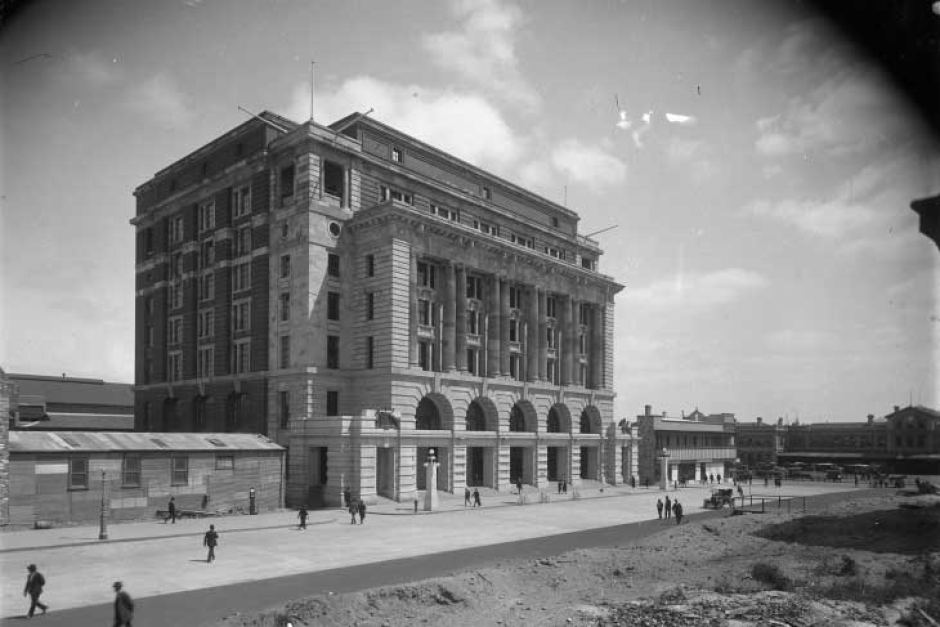Evolution of Forrest Place
Originally an arcade, then a roadway connecting Murray Street to Perth Railway Station, Forrest Place has undergone several major changes throughout the 20th Century. With a third redevelopment now on the way, here's a look into the history one of Perth's premiere pedestrian spaces.
Forrest Place roadway, 1973. (Supplied: ABC)
The land in which Forrest Place sits today was originally used as an arcade dating back to 1840. In an effort to revamp the centre of Perth in the 20s, the Central Arcade, as it was known, was demolished and a new road was built in 1923 to better enable access to the busy Perth Railway Station, from Murray Street.
Demolition of the Central Arcade, 1922, with the General Post Office towering overhead. The Central Arcade was said to have been an unhealthy shopping establishment; a view shared by the State Government, which ordered its deconstruction. (Supplied: ABC)
The General Post Office stands as Perth's tallest building as of 1923, with the Central Hotel and Perth Railway Station situated to the right. In the foreground, the Central Arcade has been demolished and construction of the new roadway will be complete by the end of the year. The General Post Office began construction on 8 October 1915, due to the need of a larger space for the Commonwealth Government offices, and was officially opened 26 September 1923. The new road in front of the building was opened the same day, and was named for Sir John Forrest, Western Australia's first Premier.
Described at the time as "evidence of how an eyesore can be changed into a beauty spot", the Central Hotel, on Wellington street, marveled guests upon opening, and was a popular venue for visitors to the city in the early 20th century. Converted in 1901 from a Miner's Arms hostel, the Central hotel featured "a large and beautifully fitted" threepenny bar, saloon bar, billiard room, first-class dining room, and sitting room, as well as hot and cold water and electric lighting. State of the art at the time. It ceased trading as the Central Hotel on June 30th, 1953. The building itself was demolished in 1988 during the redevelopment of Forrest Place to make way for the construction of Albert Facey House, named after Gallipoli veteran Albert Barnett Facey. Pictured here the Central Hotel stands across from the Padbury Buildings, at the entrance to Forrest Place in 1930. (Supplied: State Library of Western Australia)
The Padbury Buildings, named for their owner William Padbury, were constructed between 1924-1925 at the eastern side of the entrance to Forrest Place. Padbury was given a 50 year lease on the land in 1923 and put forward plans for a grand, five-storey shopping centre that would stretch the entire length between Murray and Wellington streets that would not only bring a new place for residents to shop, but would block the publics view of the Boans Building, which was considered ugly and out-of-date even in 1923. These designs did not come to full fruition as only two of the five planned stories were ever constructed. The Padbury Buildings remained in use as a shopping mall for 62 years until they were closed and demolished 1987 in preparation for the planned Forrest Chase shopping complex, which now stands in their place. Pictured here in 1929, the Padbury Buildings with the Boans Building clearly visible to the east. (Supplied: State Library of Western Australia)
Opening on 22 March 1933, after construction took place throughout most of the previous year, the Commonwealth Bank of Australia Building is situated to the immediate south of the General Post Office. Its construction effectively doubled the size of the Commonwealth Government precinct at that time and at present sits at the corner of Forrest Place and Murray Street Mall. (Supplied: State Library of Western Australia)
Redevelopment of Forrest Place roadway into a pedestrian plaza, 1987, with the deconstruction of the Boans Building on the left. The Padbury Buildings have been completely demolished in the centre, with the road itself being repaved and widened to encompass the whole width of the plaza. (Supplied: ABC)
Aerial view of the Forrest Place redevelopment, 1987, looking north to Perth Railway Station. (Supplied: farm4.static.flikr.com)
Forrest Place, with Forrest Chase in the background, not long after being officially opened by HM Queen Elizabeth II in 1988. (Supplied: ABC)
Commonwealth Government District of Forrest Place on 29 November 2013, with the Commonwealth Bank of Australia Building, General Post Office, and Albert Facey House appearing left-to-right respectively. (Supplied: State Library of Western Australia)










